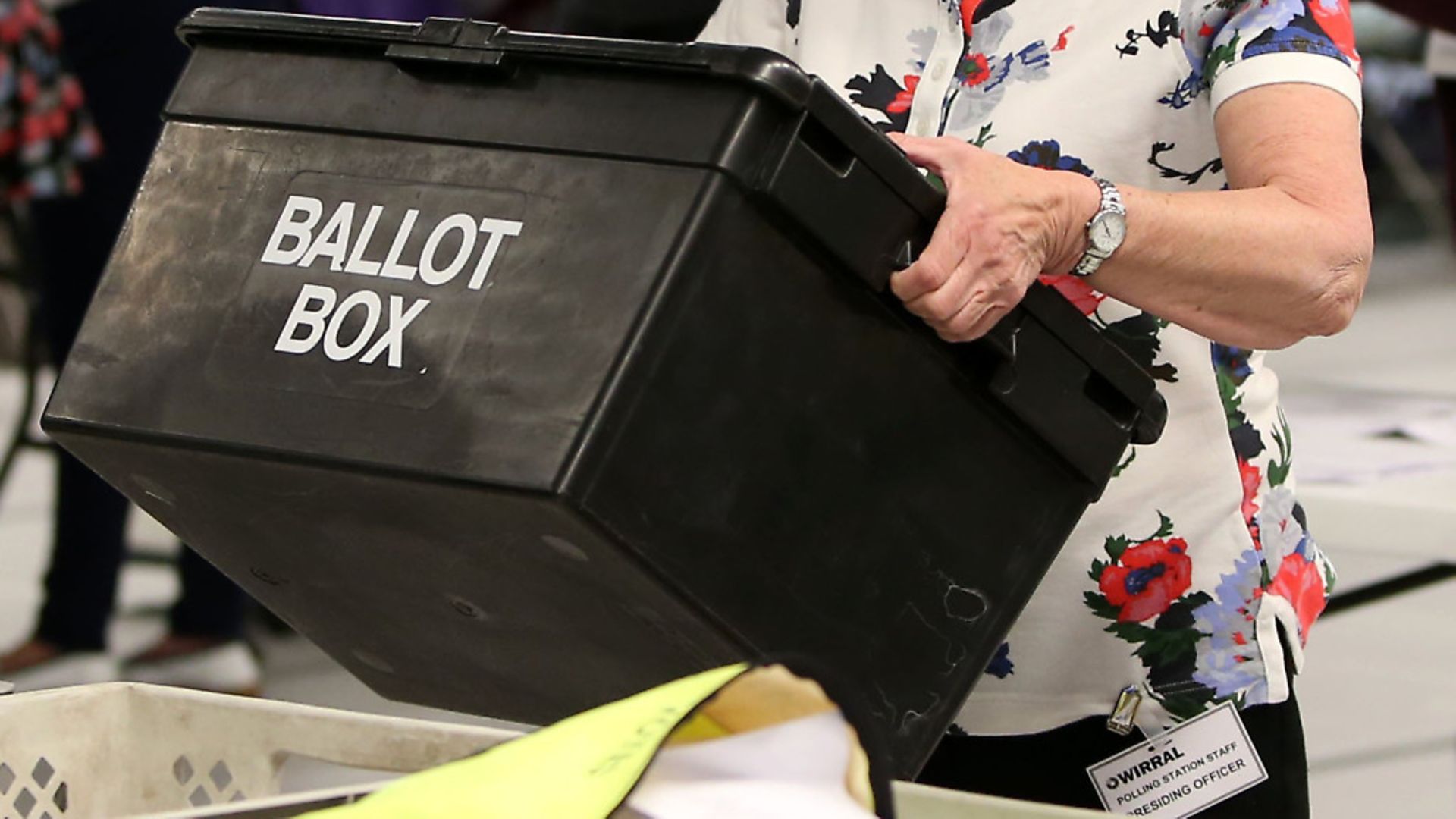
The more votes pro-European candidates get, the more authority they will have to oppose May’s Brexit plans.
Despite her chaotic ‘dementia tax’, Theresa May is on track to win big. That would allow her to push through Brexit at any cost – even driving us over a cliff without a deal. How can voters who want to stop this make their votes count?
The top goal is to get as pro-European a House of Commons as possible. When that’s not possible, it’s still important to maximise the votes of pro-European parties. The more votes they get, the more authority they will have to oppose May’s Brexit plans.
Wth these aims in mind, InFacts has devised 10 rules on how to vote. They have also produced a voting machine that applies these rules to all seats in England and Wales.
1. Back all sitting Lib Dem or Green MPs
Parties matter. All other things being equal, a Liberal Democrat or Green is better than a Labour MP who, in turn, is better than a Tory.
2. Back Lib Dems or Greens in Tory seats they can win
The Lib Dems may win some Tory seats since they were routed in the 2015 election. We include, optimistically, any constituencies they won in 2010 or where they were within 25 percentage points of winning in the last election – plus St Albans, where the sitting Tory Brexiter is so out of step with her constituents that the Lib Dems might win. There’s also one Tory seat where the Greens have a shot – the Isle of Wight.
3. Back whitelisted Labour MPs, unless vulnerable to Lib Dem or Green
Individuals matters as well as parties. We have drawn up a white list of 64 pro-European Labour MPs who have been actively working against a destructive Brexit since the referendum – especially those who voted against triggering Article 50. Pro-Europeans should back them, except in those cases, such as Cambridge and Bristol West, where they are vulnerable to a Lib Dem or Green challenge but not to a pro-Brexit party. In those cases, we’re neutral.
4. Back greylisted Labour MPs vulnerable to Tories
We’ve drawn up a grey list – covering all other Labour MPs who were pro-Remain in the referendum. They have gone along with Jeremy Corbyn’s weak Brexit policy. But we don’t want these to lose out to a Tory. Ukip’s collapse makes some of these MPs especially vulnerable. We’ve assumed as a rule of thumb that half Ukip’s vote in 2015 goes to the Tories. We’ve then defined as vulnerable any MP who had less than a 15 percentage point majority over the Tory candidate in the 2015 election.
However, when a greylisted Labour MP is being chased by a Lib Dem, we think it’s better to back the Lib Dem.
5.Vote against blacklisted Labour MPs
We have also drawn up a blacklist of 9 pro-Brexit Labour MPs. Only one, Kate Hoey, is vulnerable. Here, we recommend backing Lib Dem George Turner, the challenger with the best chance of winning.
6. Back whitelisted Tories
Most Tories who voted Remain in the referendum have fallen into line with May’s policies. But a few have had the guts to speak up against May’s destructive Brexit. We have drawn up a white list of 17 candidates. We recommend backing all these Tories except in three cases – Bath, Cheltenham and Twickenham – where a Lib Dem might beat them.
We also think pro-Europeans should back the Tories in Boston and Skegness, and Clacton. Although neither is on the whitelist, these are special situations. The candidates voted Remain and are vulnerable to Ukip which, in Boston and Skegness, is fielding its leader Paul Nuttall.
7. Vote against blacklisted Tories
All other Tories, including others who voted Remain in the referendum, are blacklisted. The question of who to back depends on which party – if any – has a chance of beating these MPs.
8. Vote for pro-European Labour candidates if they can beat blacklisted Tories
We think, optimistically, that Labour has a chance if it was within 10 percentage points of the Tories at the last election – or if it was within 15 points and was a Remain constituency at the referendum – or if it was in second place in 2015 and the combined votes of Labour, the Lib Dems and the Greens were more than the Tories.
9. Back Plaid when they are defending seats or can beat a less pro-European candidate
Plaid Cymru wants Wales to stay in the single market, so its Brexit policy is better than Labour’s. But it is against a referendum on the final Brexit deal, so its policy isn’t as pro-European as either the Lib Dems’ or Greens’. It makes sense to back Plaid in the seats it is defending against the Tories or Labour – as well as Ynys Môn, which it hopes to win from Labour.
10. In all other situations, vote Lib Dems or Green
When there’s no chance of making the House of Commons more pro-European – normally because the seat is a safe Tory or Labour one – it’s still important to maximise the votes for pro-European parties. In these cases, pro-Europeans don’t have to worry about letting a Tory Brexiter in or missing the opportunity to unseat one. We therefore recommend voting for a genuinely pro-European party – either the Lib Dems or Greens. We are neutral between them.









